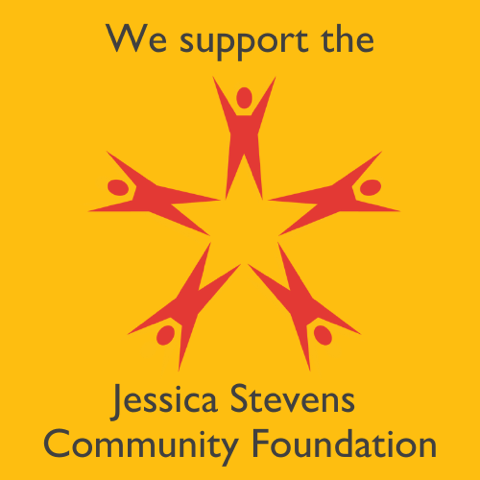I was explaining the concept of the habit loop to my class the other day. It goes like this: a cue creates a habit and the habit provides a reward. My intention was to encourage students to look at their tendency of rushing through poses and the underlying belief that faster is better. The cue is that something needs to be done, the habit is rushing and the reward is a sense of mission accomplished. I asked them to consider the positive effects of moving slower through their poses.
We all know changing habits isn’t easy. Especially when a habit (like getting more done or having more stuff) is reinforced and/or valued by our family, friends and society. Transforming longtime habits requires awareness and effort. Fortunately, there are tools that help us develop the ability to examine our actions and beliefs. Patanjali lists many of them for us in the Yoga Sutras.
Kriya Yoga is considered yoga of action, and is defined in the second book of the Yoga Sutras. The components of Kriya Yoga consist of the third, fourth, and fifth of the personal practices, or second limb of yoga (niyamas). They are discipline, study of the self and the texts, and surrender to a higher power (sometimes translated as faith). When considering what is necessary for habit change, the tools of Kriya Yoga can be powerful and effective.
Discipline is needed to endure the discomfort of changing an old habit and replacing it with a new habit. Self study gives us insight into how our current actions affect us and helps us decide what we really want to change. Faith allows us to believe that change is actually possible and that we are capable of it.
In my mind, one of the most important benefits of yoga is we can practice on the mat, the attributes we would like to possess when we are off the mat. When we hurry – whether it’s through our poses or our “to do” list, we miss the chance to be truly present in the moment. Coming back to the habit loop my example was that the cue was yoga practice, the habit was slowing down, and the reward was enjoying the moment. One of my students astutely noted that there was a word for that. Savoring. To savor is to truly be in the moment, to use one’s senses fully and joyfully. To me, that sounds a lot like the goal of yoga.

